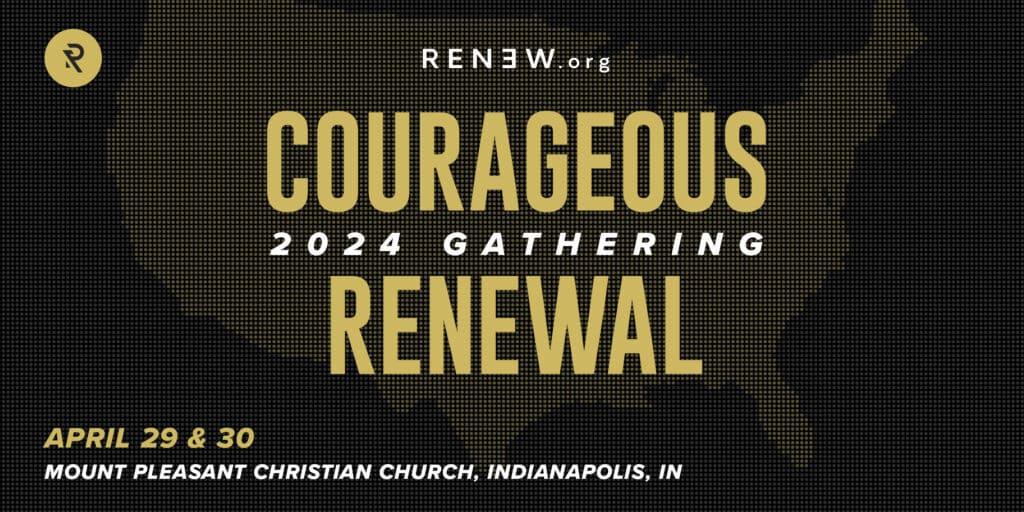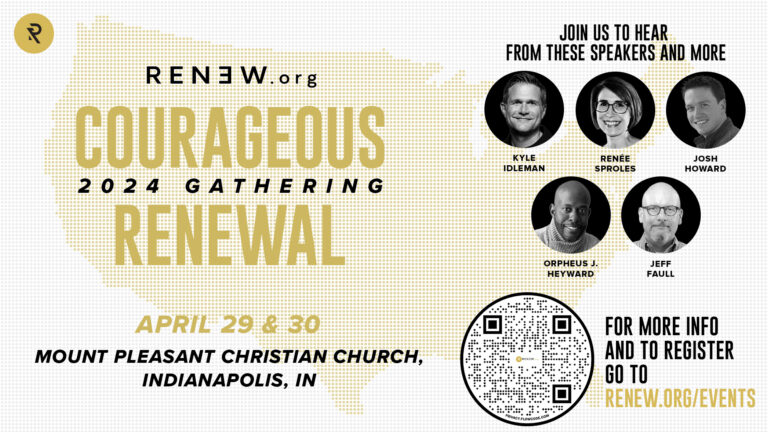This is Part 5 of a 5-part series on Critical Race Theory. Here’s Part 1 and Part 2 and Part 3 and Part 4.
In 2017, Damon Young wrote an article titled “Straight Black Men are the White People of Black People.” In it he argued that straight black men enjoy the same type of privilege over black women that white people enjoy over black men. This privilege is something that needs to be recognized and rejected by black men. The article is the perfect representation of a principle at the heart of critical race theory: intersectionality.
In the past several posts, I’ve been responding to the book, Critical Race Theory: An Introduction. In a chapter titled “Looking Inward,” the authors define intersectionality.
“Intersectionality” means the examination of race, sex, class, national origin, and sexual orientation and how their combination plays out in various settings. These categories–and still others–can be separate disadvantaging factors. What happens when an individual occupies more than one of these categories, for example, is both gay and Native American or both female and black? Individuals like these operate at an intersection of recognized sites of oppression.
Intersectionality recognizes that individuals can experience over-lapping levels of oppression based on their identity.
Black women experience a different, and more pronounced, kind of oppression than black men. Homosexual black women experience different oppression than straight black women, and trans black women experience different oppression than cis homosexual black women.
Intersectionality creates a hierarchy of oppression based on a check-box identity. The more boxes a person checks, the more oppression they have experienced.
Because of this status, CRT endeavors to “flip the script” by granting them more deference (and power) in social discourse.
Like many other things related to critical race theory, I don’t necessarily have a problem with this observation that identity is intersectional. The realities of demography (age, race, gender, sexuality, class, etc.) mean we all have overlapping identities and therefore, different experiences. It doesn’t seem to be a radical notion that we should patiently listen and advocate for those people whose overlapping identities have resulted in greater injustices.
But the principle and the practice are often two different things, and as intersectionality is practiced, I have some concerns.
Resentment
When intersectionality is unmoored from empathy and grace, it cannot help but veer headlong into resentment. Intersectionality is not merely descriptive. It is prescriptive. It equates identity with oppression thus cementing the notion that certain people will always be victims while others will always be victimizers.
The book casually mentions that no member of white society should be regarded as “innocent.”* This is a common assertion in CRT circles. Conversely, others will never not be victims. What appears to be an effort for justice ends up stripping people of their dignity and their agency.
No matter how much they accomplish, they are made permanently aggrieved and stunted by resentment.
And many of those on the other end of the hierarchy–white people, especially white males–see little incentive to actually reflect or change. Why attempt to change when change is impossible? Intersectionality, in this way, actually makes racism worse by activating resentment among those cast as societal villains.
Isn’t this in fact what we are observing? The seeds of identity-based resentment are bearing toxic fruit everywhere we look. Intersectionality makes a person’s tribal identity the most important thing about her and renders any effort for real reconciliation with someone from another tribe a fool’s errand. Communication is cut off.
Essentialism
Intersectionality is related to what is sometimes called “anti-essentialism.” Essentialism is the reduction of something down to those characteristics that are absolutely necessary, or essential. For instance, essentialism as applied to gender asks the question “What really makes a person a woman?”
Much of the confusion regarding gender can be traced back to a rejection of essentialism. It’s become almost impossible to define the word “woman” in a coherent way. Is a woman defined by biological traits? Is a woman defined by psychological disposition? Is a woman defined by her function in society?
Traditional societies (that is, pretty much every society previous to this one) would define woman primarily in terms of biology and secondarily (or softly) in terms of social function. Many in our society would rather define woman in a nebulous and relative way. Being a woman is about feeling a certain way which means that being a woman is no longer an external reality. It is merely internal. Ironically, this actually leads to the cancelation of the word “woman” in favor of pained descriptions of “people with cervixes.”
Critical race theorists tend to reject racial essentialism.
They argue that lumping people together merely by their racial status ignores the complex realities of individuals. Intersectionality is thought to be the counter to essentialism. As the authors point out, “Long preoccupied with issues of identity, American society prefers to place its citizens into boxes on the basis of physical attributes and culture. No science supports this practice; it is simply a matter of habit and convenience.”
I agree with this. The potential negative consequence of essentialism can be stereotyping and discrimination. “If you are black, then you are this way.” “If you are a woman, then you are this way.”
This is something that Christians are explicitly warned against. God doesn’t show favoritism (the word in Greek literally means “a taker of faces”), and neither should His followers (Acts 10:34-35; James 2:1). Followers of Jesus don’t make judgments based on outward appearances whether that involves ethnicity (Acts), wealth and status (James), or gender (one can think of the example of Jesus in John 4 and other places).
The problem, however, is that intersectionality cannot help but succumb to a new, more atomized essentialism.
The authors even recognize this internal tension within CRT. It’s hard to reject racial essentialism while also maintaining that all black men speak with a similar voice about similar experiences. The authors note that CRT often insists that minorities embrace their own unique culture and resist assimilation into the broader, “white” culture.
What this implies, then, is that a black man who chooses to assimilate into so-called white culture (or perhaps never knew anything other than that culture) is somehow less than black. This is racial essentialism.
The same is true in regards to gender. It is the assumption within critical gender studies that to be a woman is to be uncompromisingly pro-choice. Therefore, women who are pro-life are somehow less than authentic women. This is gender essentialism.
It is impossible not to notice that CRT eagerly engages in essentialism when it comes to “whiteness.”
All white people are regarded in the same way. There is no accommodation for the different experiences of white people. If they grew up in a family of lawyers in Manhattan or the children of miners in Appalachia, they are a part of the same monolith.
Whiteness is even “malleable.” In other words, the definition of whiteness can be shifted by critical theorists (certainly not by white people) when needed. This was on display after the most recent presidential election. To many peoples’ surprise, Donald Trump picked up more support from Hispanic voters than any other Republican in history. Cubans in Florida and Central Americans in southern Texas shockingly swung to Trump.
What was revealed in the aftermath of the election was that not only are Hispanics erroneously regarded as a monolith, they also may be regarded as “white” if they do not support liberal political candidates. This was illustrated by an exchange between two prominent black voices on Twitter, who explained that those poor Guatemalan immigrants and middle-class Cuban exiles voted for Trump because they actually support white supremacy. Malleable indeed.
One last note. The authors acknowledge that multiracial individuals and families pose another difficulty for this new essentialism. Critical race theory does not accommodate their experiences very well. They don’t fit nicely into various boxes.
Recently, a lawsuit was brought against a school district in Las Vegas. The school was requiring critical race instruction for their students. Among other things, they were teaching the students that to be white is to be racist. The strong objections of a multiracial family to this instruction were ignored by the school administration.
When it comes to critical race theory, it is too often the case that the assumptions and assertions are never even permitted to be questioned. They simply must be accepted without reservation. It’s hard to see this as anything other than indoctrination to an ideology.
This will be my last post interacting with this book. It was both clear and concise which are the two most valuable traits in any introductory book. I hope that you found these posts valuable as well.
True hope for our broken lives and fractured systems is not far away, but can readily be found in Jesus.
I’ve tried to be fair-minded in my evaluation. Maybe you think I succeeded. Maybe not. I set out with the goal of evaluating whether critical race theory is a friend or foe for the church. Should we embrace CRT or keep it at a distance?
Here is my conclusion. CRT makes some worthwhile observations about race and systems of injustice. We would do well in the church not to ignore these insights but to learn from them.
Unfortunately, it is my judgment that CRT is also a bitter root within the church (Heb. 12:15).
In practice, critical race theory sows the seeds of resentment and produces the fruit of hostility and cynicism. It undermines its own goals by making mutual communication, reconciliation, forgiveness, and even justice more difficult, if not impossible.
For this reason, I don’t regard critical race theory as a friend of the church. This does not mean that Christians should be silent or sidelined when it comes to issues of race and injustice! Questioning CRT does not mean shrinking from the need for hard talk and determined action.
Quite the opposite in fact. It means that Christians must bring an urgent message of grace, reconciliation, and forgiveness to the conversation. Surely this is a part of what it must mean to be a light shining in darkness. It means that Christians must boldly remind our communities and our culture that true hope for our broken lives and fractured systems is not far away, but can readily be found in Jesus.
* In one startling line, the authors even equate near-death experiences with white supremacy. “In talk of near-death experiences, many patients report a blinding white light, perhaps a projection of a hoped-for union with a positive and benign spiritual force.”
(From chadragsdale.wordpress.com. Used with permission.)











